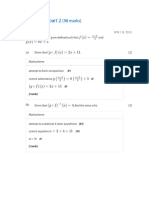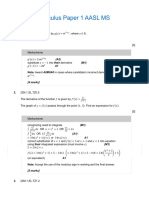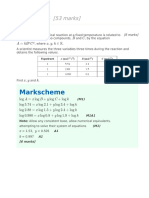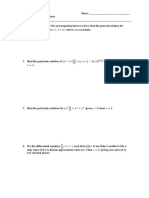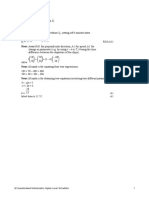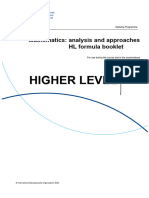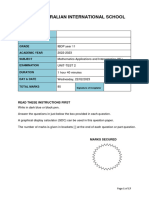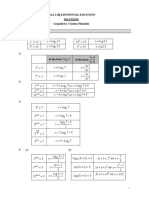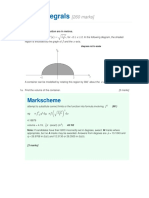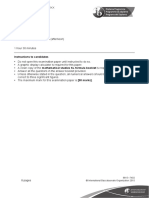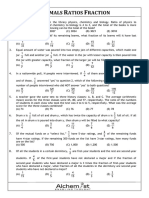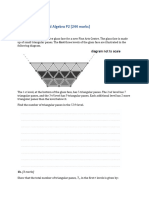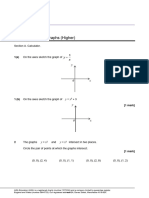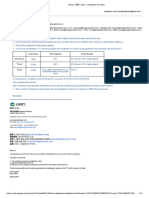0% found this document useful (0 votes)
118 views15 pagesExam Style Questions On Functions.
The document contains 6 exam style questions on functions, each with multiple parts testing skills like finding compositions of functions, using graphs to determine values, and rearranging expressions. It provides sample answers and marking schemes for teachers to evaluate student work on functions. The questions cover topics like finding compositions and inverses of functions, using graphs to determine values, writing functions in different forms, and determining intercepts and vertices.
Uploaded by
yohana sosaCopyright
© © All Rights Reserved
We take content rights seriously. If you suspect this is your content, claim it here.
Available Formats
Download as PDF, TXT or read online on Scribd
0% found this document useful (0 votes)
118 views15 pagesExam Style Questions On Functions.
The document contains 6 exam style questions on functions, each with multiple parts testing skills like finding compositions of functions, using graphs to determine values, and rearranging expressions. It provides sample answers and marking schemes for teachers to evaluate student work on functions. The questions cover topics like finding compositions and inverses of functions, using graphs to determine values, writing functions in different forms, and determining intercepts and vertices.
Uploaded by
yohana sosaCopyright
© © All Rights Reserved
We take content rights seriously. If you suspect this is your content, claim it here.
Available Formats
Download as PDF, TXT or read online on Scribd
/ 15
